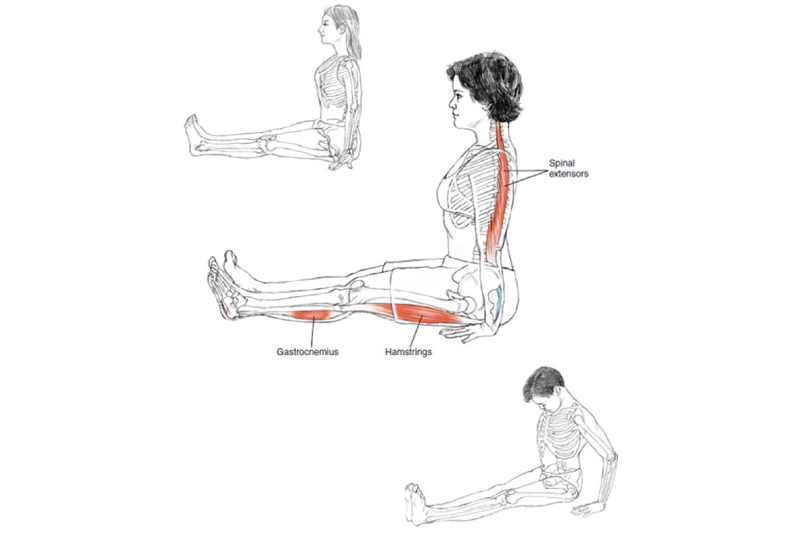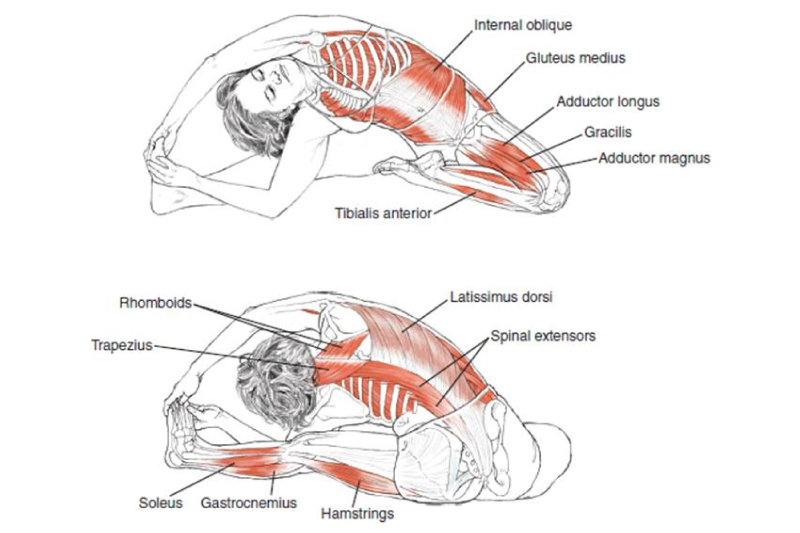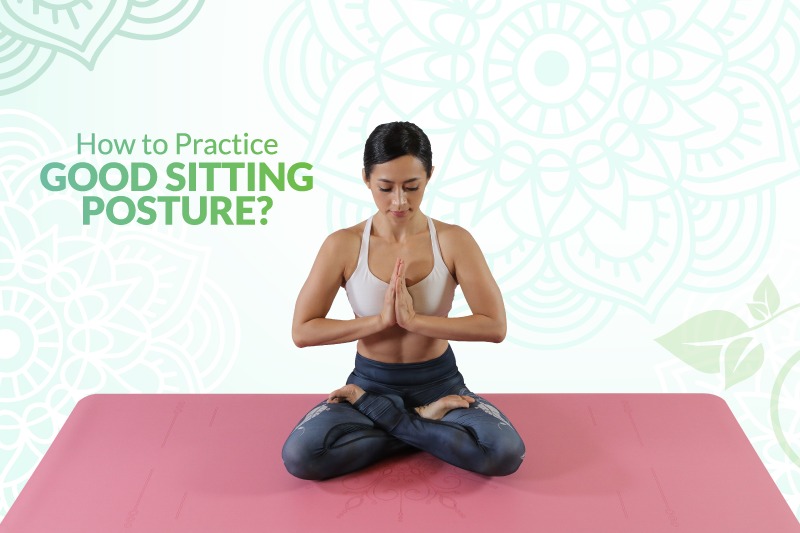
Yoga sitting postures explained!
For most people, sitting (or slouching) on furniture’s takes up a major part of their time when they are awake. Shoes are like legs, chair, car seat; sofa is like sitting bones and lower neck.
In yoga practice, we build new relationship with the ground through practicing standing postures with bare foot. And through sitting postures, our lower back, sitting bones and lower spine that bore the body weight will build a new relationship with the ground.
Besides recovering the natural function of sitting bones and lower back, sitting postures in yoga are related to higher practice.
In fact, a lot of yoga postures are sitting posture. All yoga postures practice can been seen as releasing the stiffness of the spine, working on 4 limbs and respiratory system. From this stable posture, weight and balance related disturbance is gone. Then, it allows you to focus your energy on sitting practice.
Sukhasana - Easy Pose
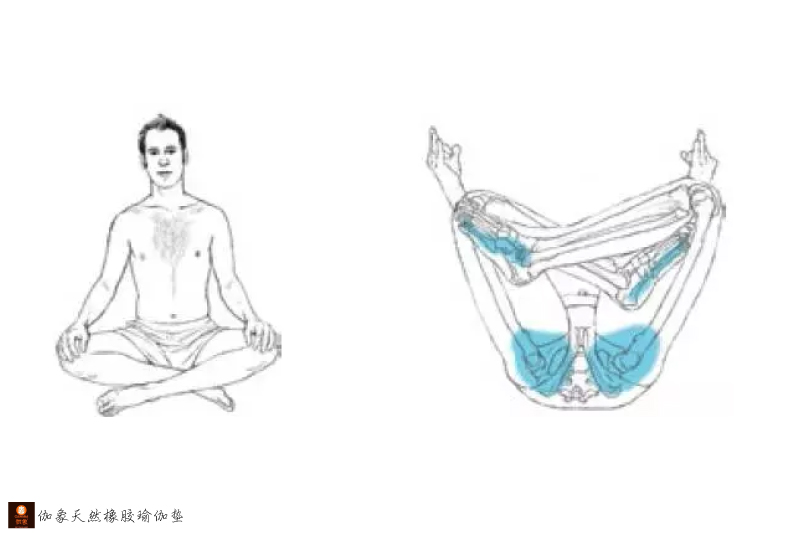
Siddhasana - accomplished pose
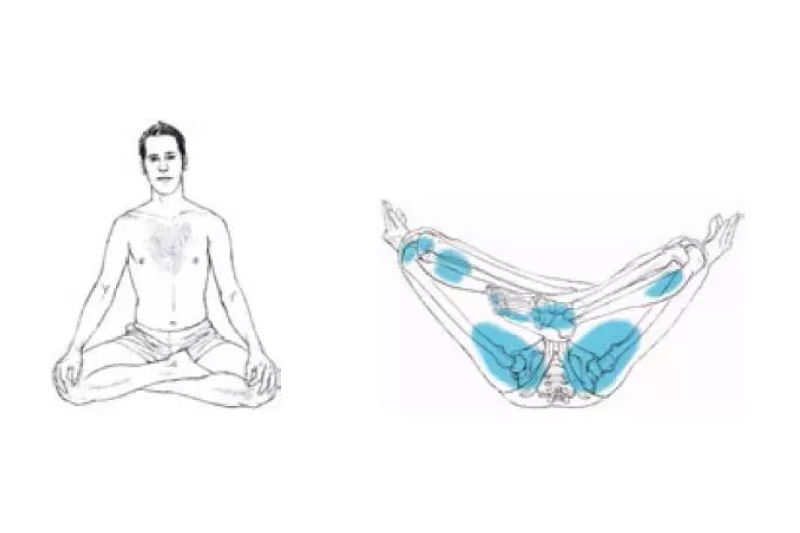
Svastikasana- half lotus pose
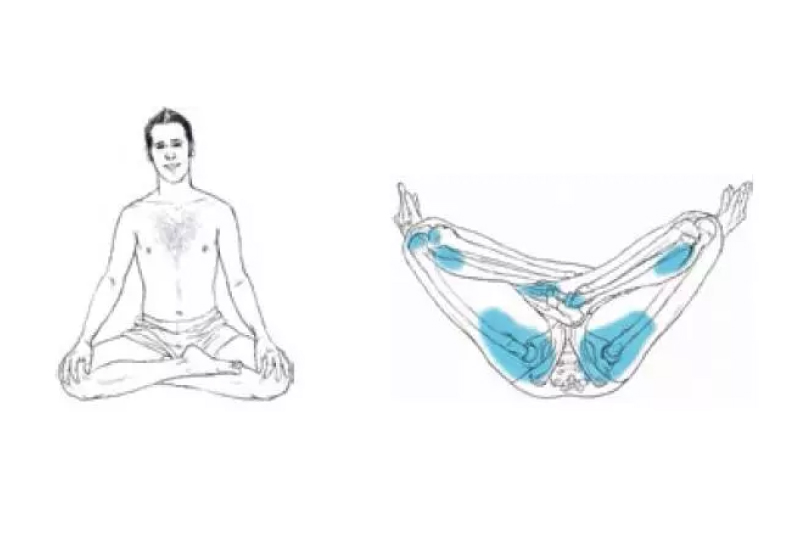
Padmasana-Lotus pose
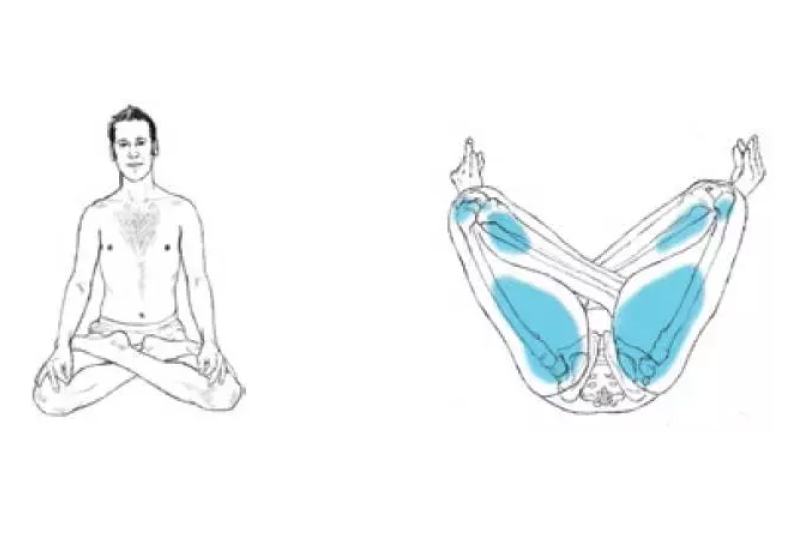
Mulabandhasana- Root locked pose
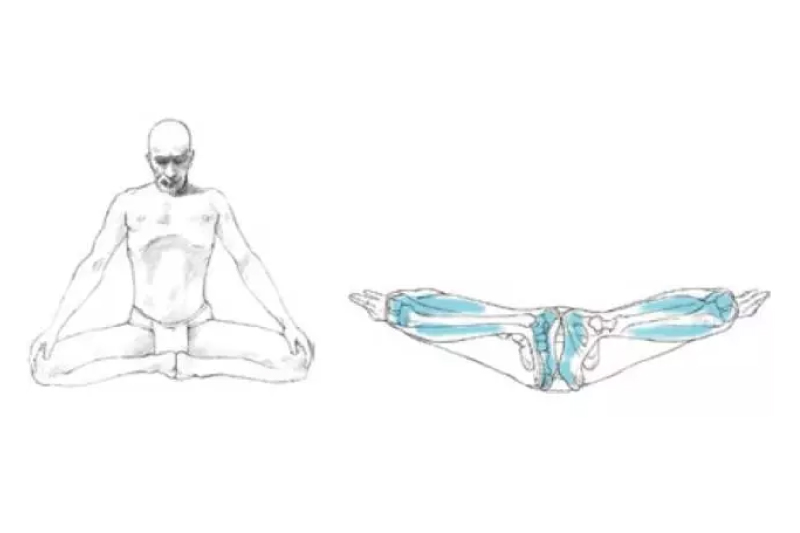
Most common joints movement (from above 5 sitting postures)
1.Spine
2.Lower limbs
3.Stretching from the middle or pivoting stretch
4.Hip joints bending, knee bending
The purpose of these sitting postures is for Sthira (stability) and sukha (harmony/ease). If the pelvis and the way both our legs are placed are supporting the spine, then the spine is supporting skull, and the spine and skull can together protect brain and spinal cord. Nervous system will record this supportive and sense of ease, then you can focus on breathing control or meditation practice
When the pelvis and both legs are supporting the spine, ribcage is also free to move through breathing and not part of the supporting mechanism of sitting
When we are arranging our legs, we need to pay attention if the knees are higher or lower than the hips. There are benefits and challenges regardless of what we pick.
When we sit with legs cross and the knees are higher than hip joint it is helpful for people who have tight hamstring, do not have a lot of external rotation and abduction in the hip joints, (means their knees can’t fall open to side with ease). For these people, crossing the legs so the knees are higher then the hips allows the weight of the thigh bones goes deeper into the hip sockets and down into the sit bone
However if the back of the pelvic bone or hip joints is not long enough then having the knees that is higher than hips will result in slanting backward and the spine will be round into flexion. If the need to return to an upright position, one has to engage the spinal muscle or contact the hip flexor to move the spine and pelvis forward but it will be tiring.
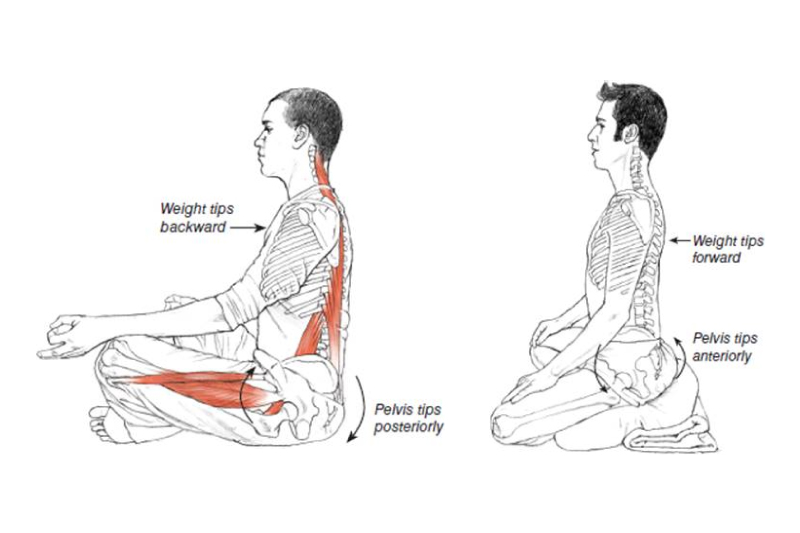
Alternatively, having the knees lower than hip can prevent pelvic posterior tilt and maintain the spinal curvature.
The challenge of sitting this way will tip someone too far forward on his sit bones. The curvature of the spice (especially lumbar spine) can be greatly exaggerated by this anterior tilt then he will need to engage the back muscles to prevent it to fall forward too much. No matter what the situation is, too much Anterior or Posterior pelvic tilt will require active muscles to maintain the center of gravity.
The goal should be: no matter your knees or hip are higher than each other, we should allow our body weight to fall from the spine through the pelvis into the sit bones and the support of the floor. In this method, we only need the minimum amount of muscles engagement to support our bones. For some folks, this method involved adjusting the seat or chair to ease the spine until more mobility can be cultivated in the pelvis and legs.
In a stable yoga postures, the essential state of balance of the pelvis, spine and breathing system supports the body, the energy that is from postural effort can be focused on deepen the practice like pranayama (breathing) and Dhyana (meditation).
